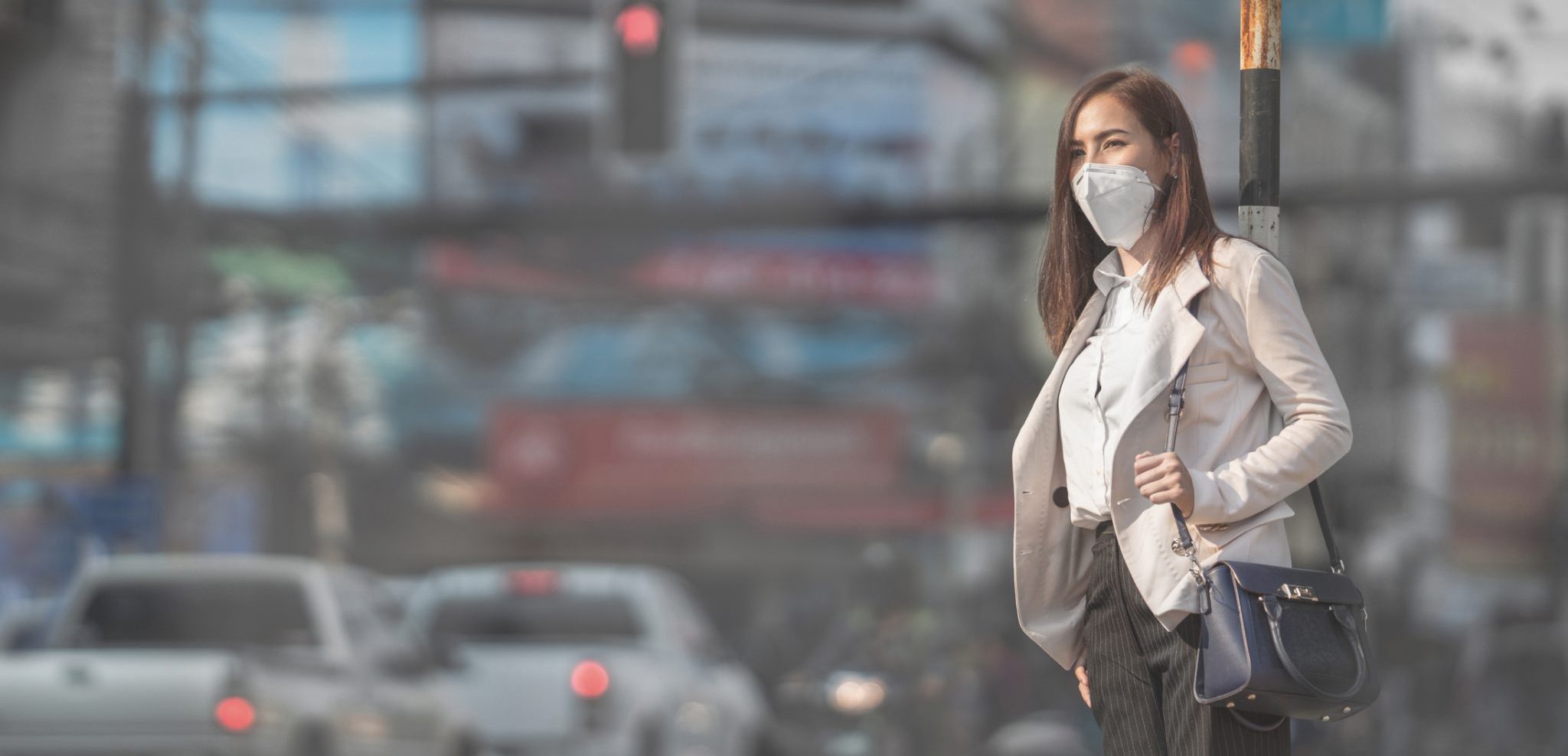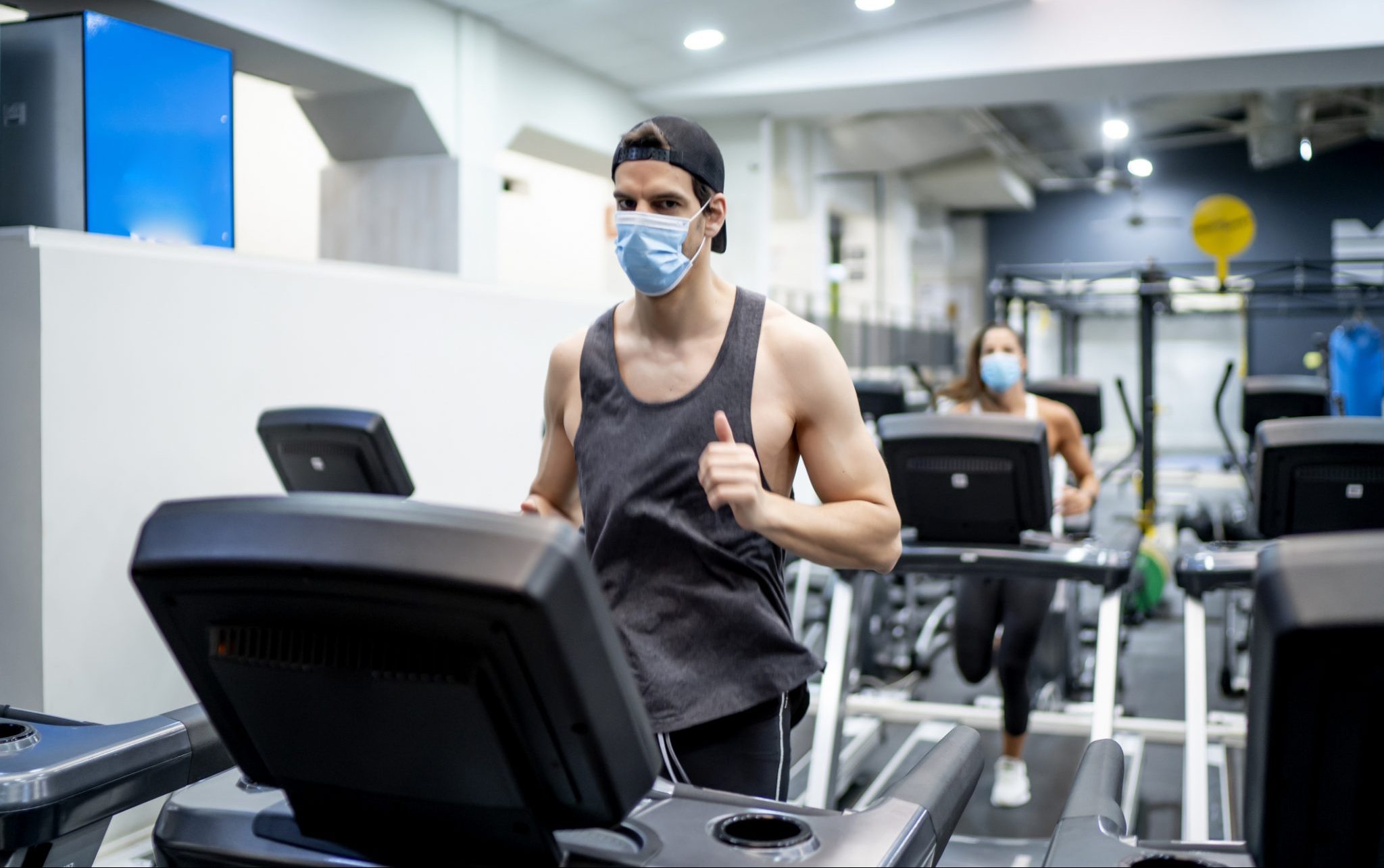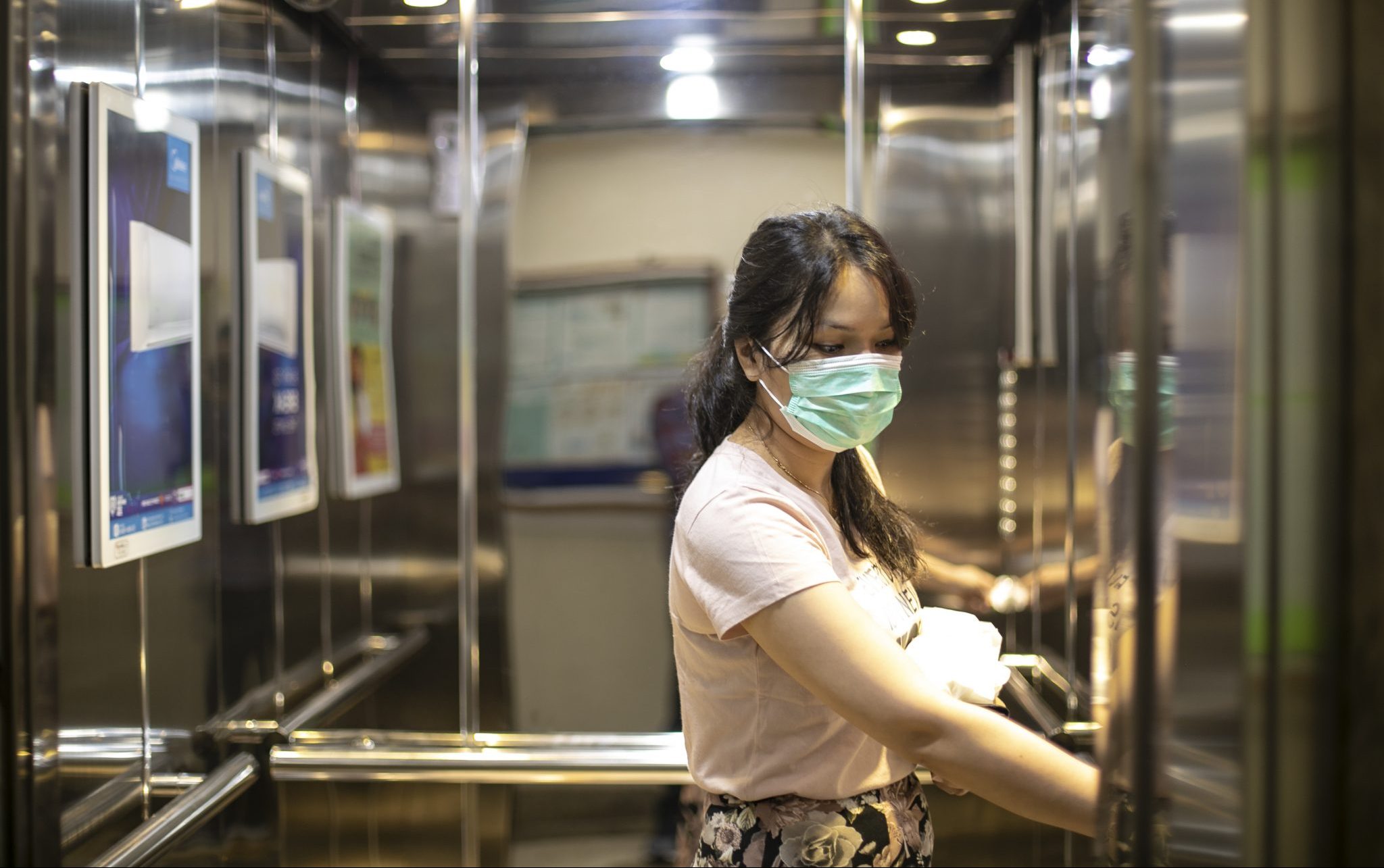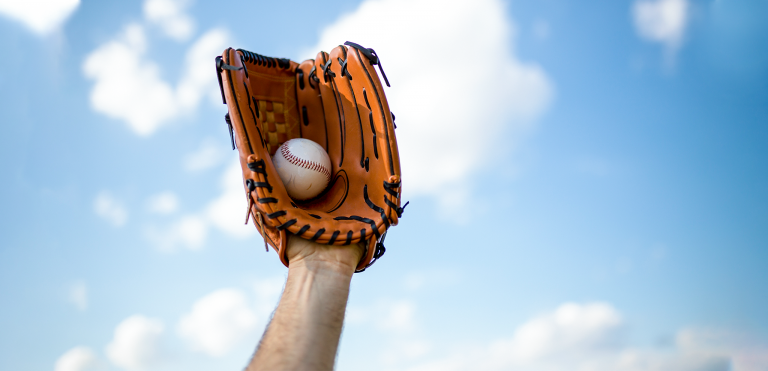Even in the height of the summer, coronavirus still remains the hottest topic of discussion. In this article, we’ll answer your questions and give you the most recent updates on COVID19 to keep you aware of the latest developments. This information is also available on the official webpage of the World Health Organization. So, make sure to regularly check it out, too.
But first, be on the lookout for an infodemic!
Sharing unverified information during a pandemic is not only misleading but also dangerous. Here at Verv, we do our best to make sure you get your updates only from the sources you can trust. Each and every one of us is now on the frontline for truthful information. And so, we advise you to watch this short WHO’s video to learn how to identify false info, look for trustworthy sources and thus help yourself and your loved ones to stay safe.
Meanwhile, below you’ll find answers to the important questions. These are based on the latest scientific findings that have become available as the pandemic unfolds.
Q: Should you be wearing a mask while exercising outdoors and in a gym?
A: So, according to the WHO, people should not wear masks when running or cycling outdoors, since they prevent you from breathing comfortably as you go.
Experts add that, in general, outdoor exercise is considered safe provided you keep a distance of at least 1.5m or 6 feet from other people. In large crowds, however, it is better if you put your mask on while running to prevent respiratory virus transmission, reduce your own exposure to the virus, and protect others. If the runner is infected and doesn’t keep their distance, there’s a chance they can infect others or get infected themselves if they pass by infected people.
What about gyms? - you may ask. Yes, that one is tricky, but the same social distancing rule applies. There should be at least a 6-foot minimum distance between all gym patrons as well as instructors. In tune with the reopening plan for the USA, gyms can resume work only if they properly follow the social distancing and sanitation protocols. Make sure your gym sticks to them. And while at this time, gym owners have the last word as to whether we must or mustn’t wear a mask during workouts, I think you get the idea. If the gym is packed, a mask is a must-have.
Of course, one needs to remember that a mask gets wet far more quickly when you exercise because of all the sweat and intense breathing. And by now we probably all know that damp masks inevitably promote bacteria growth, and so, in that case, they must be changed more frequently than every 2-3 hours. So, here’s a follow-up question.
Q: How often should you swap your masks, if you exercise in a crowded area?
A: When we exercise, especially during high-intensity cardio, our breath can double or triple producing larger amounts of respiratory droplets. As a result, masks get wet faster. So, it’s best to change your mask as soon as it gets damp.
Following her research, Gretchen Reynolds from NYT draws a conclusion that some mask materials become wet faster than the others. She recommends skipping paper, cotton, and surgical masks during workouts, but stick with breathable synthetic materials instead.
Q: What’s the risk of catching coronavirus from a surface?
A: The virus doesn’t spread easily from touching contaminated surfaces or objects, the new research finds. According to the American Center for Disease Control and Prevention (CDC), you are more likely to contract coronavirus through droplets emitted if someone sneezes or coughs on you, than from touching the germy object and then your face.
So, it’s somewhat positive news, and can even bring some relief to those who get really exhausted from sanitizing their groceries. And while the scientists mark that it’s still possible that coronavirus could be transmitted through a surface, the risk is lower.
People can still get infected if they, e.g. touch a table that was sneezed on, so there's a certain level of the virus, and then touch their mouth. However, it’s thought not to be the main way the virus spreads.
Q: Can I get the coronavirus from riding in an elevator?
A: The virus does indeed spread more easily inside confined spaces or poorly ventilated spaces, such as in an elevator. When you are inside a tightly enclosed area like that, you are likely to get exposed, since there’s simply not enough room for people to stay 1.5m or 6 ft away from each other.
There, even small speech droplets can linger for longer periods of time, not to mention when an infected person sneezes or coughs. So, even if you’re riding alone, you might still be exposed to the germs, and in this case, the coronavirus, people left behind.
In order to stay safe and keep others safe, wear a mask when inside an elevator and don’t forget to wash or sanitize your hands before and after a ride. Of course, for it to work, we all need to be respectful of each other, wear masks and follow the newly-founded routines in public places at all times.






